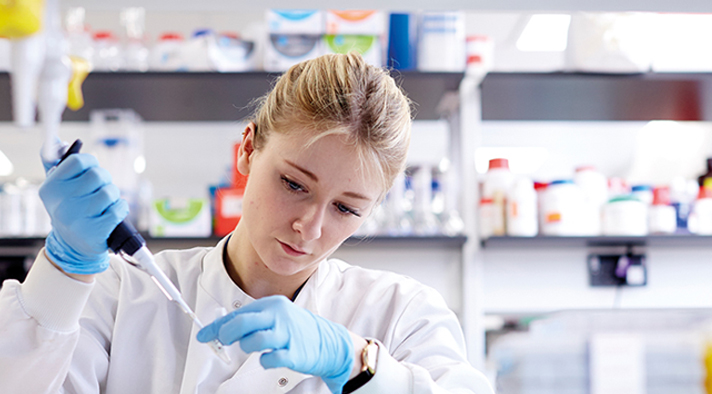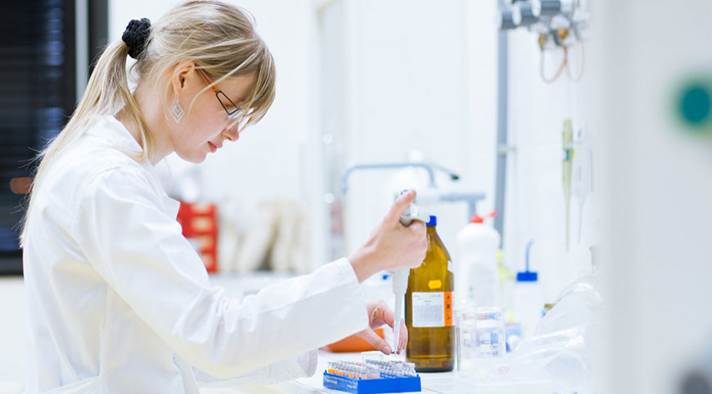The removal of methylene blue (MB) in aqueous solution was studied by adsorption on a biosorbent made from Persea americana Mill kernels (PAB) to evaluate its capacity to the adsorption of organic dyes, water pollutants. The adsorption was studied in batch mode by varying several adsorption parameters including dose of adsorbent, contact time, initial concentration and pH of MB solution. After stirring and centrifuging the supernatant was analyzed with a UV-Vis spectrophotometer. The results obtained in this research showed that the biosorbent PAB has a pHZPC of 4.27, a specific surface area of 102.86 m2 g-1 and a maximum observed adsorption capacity (Qmo) of 31.22 mg g-1. The adsorption capacity and the percentage of adsorption for different masses of biosorbent, initial concentration and pH of methylene blue solution increase with the time of contact. This increase is due to the availability of free sites of adsorption on the surface of the biosorbent. The maximum adsorption capacity (Qm) of the biosorbent shows a decrease when the mass of the biosorbent increases; on the other hand, the maximum adsorption capacity (%mAds) shows an increase when the mass of the biosorbent increases. This decrease is due to the mass effect of the biosorbent and the increase is due to availability of free sites with an increase in the mass of the biosorbent. The optimal adsorption weight was evaluated at 600 mg and an optimum pH of 10.16, with a maximum adsorption percentage of 98.67%, after 120 minutes. The kinetic and equilibrium results obtained in this study show that the pseudo-first-order model (Rg2 = 0.9164) is better compared to the pseudo-second-order model (Rg2 = 0.9045) to describe the adsorption kinetic of MB on the PAB biosorbent, and, the Freundlich equilibrium model (Rg2 = 0.9619) is better to describe the adsorption equilibrium of MB on the biosorbent PAB compared to Langmuir model (Rg2 = 0.9527). The Langmuir separation parameter RLand the Freundlich 1/n parameter, less than 1, suggest that the adsorption of MB on PAB biosorbent is favorable. The biosorbent PAB offers a high potential for adsorption of dyes in aqueous solutions.
ISSN: 2582-6425
Peer Review and Open Access Journal
Impact factor and Indexing Journal




